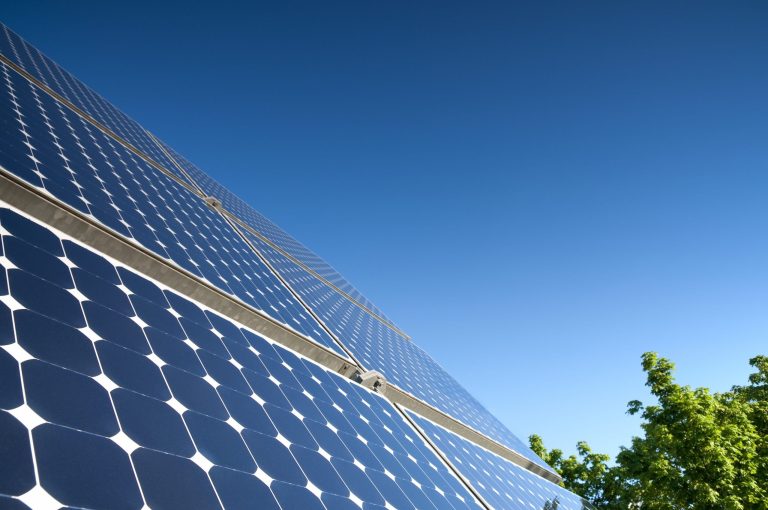Bitcoin price held steady at around $68,000 on Monday morning as global tensions eased following the mild Israeli retaliation against Iran and as odds of Donald Trump winning next week’s general election rose. The coin has soared by almost 30% from its lowest level in September.
October and November are Bitcoin’s strongest months
Bitcoin’s recovery could continue because October and November are its strongest months in the market.
Data by CoinGlass shows that Bitcoin’s average return in October since 2013 was 21%. Its November returns have averaged about 465. The other top months for the coin are in February, March, and April.
As a result, as shown below, the fourth quarter is usually the best-performing quarter in a year, with an average return of 82%.
Therefore, there are rising odds that Bitcoin price will continue doing well in the coming months because of this seasonality.
Bitcoin ETFs are soaring
The other important catalyst for Bitcoin is that ETF inflows have continued rising, signaling that there is a strong demand.
Data by SoSoValue shows that these funds have had inflows in the last three consecutive days. They added $402 million in assets on Friday, $188 million on Thursday, and $192 million on Wednesday. Altogether, these funds had inflows worth almost $22 billion this year, higher than what most analysts were expecting.
Recent data shows that most of these inflows have come from institutional investors like hedge funds and other money managers. Some of the most notable funds that have invested in Bitcoin are Citadel, Millennium, Susquehanna, and Jane Street. Morgan Stanley and Goldman Sachs have also invested in these coins.
Data also shows that many companies have invested in Bitcoin. MicroStrategy is the biggest corporate holder of Bitcoin followed by Marathon Digital, Riot Platforms, Tesla, Coinbase, Hut 8 Mining, and Block, formerly known as Square.
At some point, many companies will learn from MicroStrategy’s success and decide to invest in Bitcoin. Besides, MSTR is now valued at over $45 billion, much higher than its Bitcoin holdings, which are worth $17 billion.
Some of the top companies that could allocate some cash into Bitcoin are the likes of Microsoft, Apple, Alphabet, and Meta Platforms, which are sitting on top of billions of dollars in cash.
Read more: Musk’s Department of Government Efficiency (DOGE) token hits $52m value
Donald Trump odds are rising
The other potential catalyst for Bitcoin price is that the odds of Donald Trump winning the US election have risen substantially in the past few months.
Data on Polymarket shows that he has a 66% chance of winning the election compared to Kamala Harris’ 34%. This spread has been widening in the past few weeks as most analysts expect Harris to lose. For example, some solid Democrats like David Axelrod described her CNN town hall as a word salad city.
Kalshi, another popular prediction platform, has a 62% chance, while PredictIt has a 61% chance of him winning.
Donald Trump is viewed favorably by most crypto investors because he has pledged to make the US the capital of the crypto industry.
Still, it is too early to tell since most traditional polls show that the election is close, especially in most battleground states. Also, as we saw in 2016 and 2020, polls can often be wrong.
Federal Reserve interest rates and US debt
The other reason why Bitcoin price could go parabolic is that the Federal Reserve is expected to continue cutting interest rates. It has already delivered one jumbo cut this year, and analysts expect it to cut rates two more times this year.
The Fed is not the only central bank that is cutting rates. In China, the bank has slashed them and also announced a series of stimulus measures. Banks like the ECB, Bank of England, Bank of Canada, and Swiss National Bank have all cut rates.
The mountain in the room is the soaring US public debt, which has moved to its highest level on record. A few months after it crossed the $35 trillion mark, it has now jumped to over $35.8 trillion, meaning that it will cross the $36 trillion level soon. Bitcoin is widely seen as a good alternative to buy as a hedge against the soaring debt.
Bitcoin price formed a golden cross
BTC chart by TradingView
The daily chart shows that the Bitcoin price has been in a consolidation phase in the past few days. Most notably, it has formed a golden cross pattern as the 50-day and 200-day Weighted Moving Averages (WMA) have formed a crossover.
Bitcoin sits slightly below the descending trendline that connects the highest levels since March. Therefore, it is a matter of time before the coin crosses the resistance at $70,000 and hits an all-time high.
Indeed, data by Polymarket shows that the odds of Bitcoin hitting its record high this year have risen to 74% this year. The odds stood at below 50% in October this year.
Bitcoin Odds | Polymarket
The post Bitcoin price prediction: 4+ reasons BTC could go parabolic appeared first on Invezz









